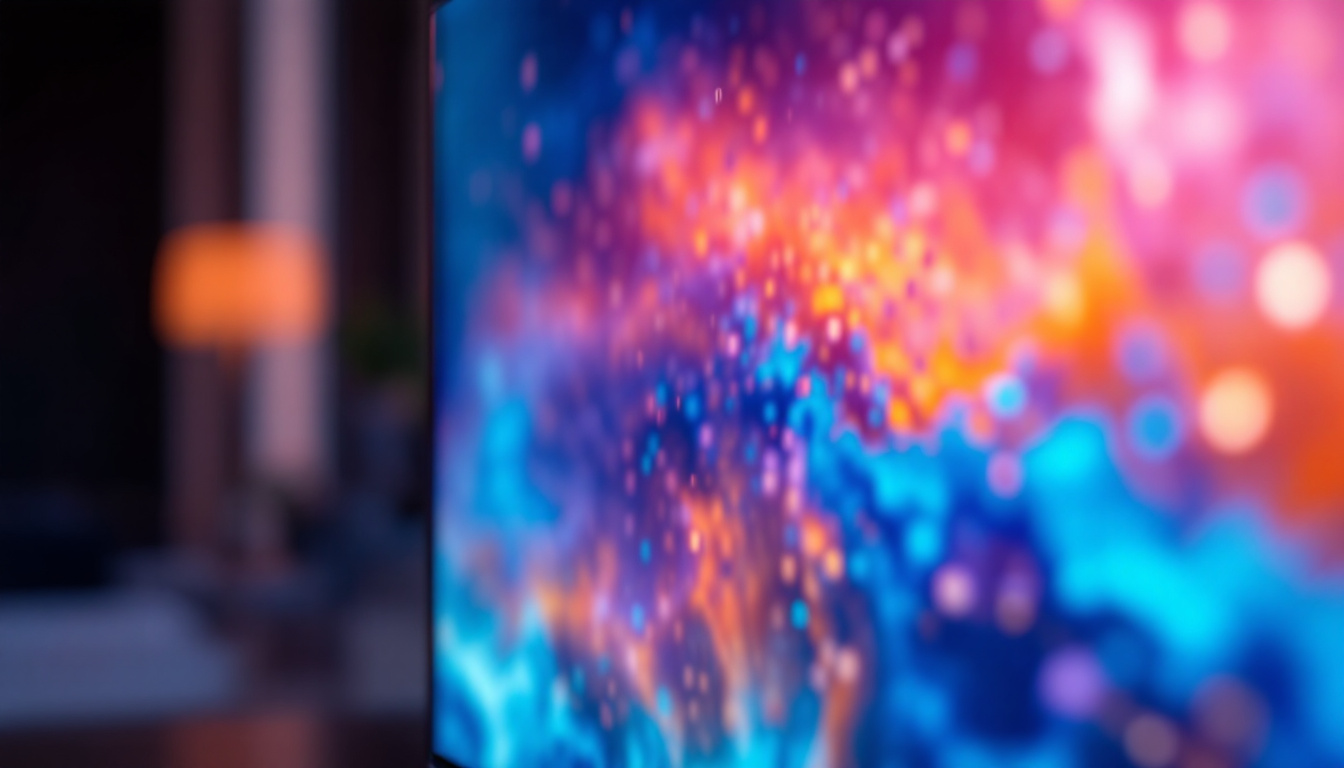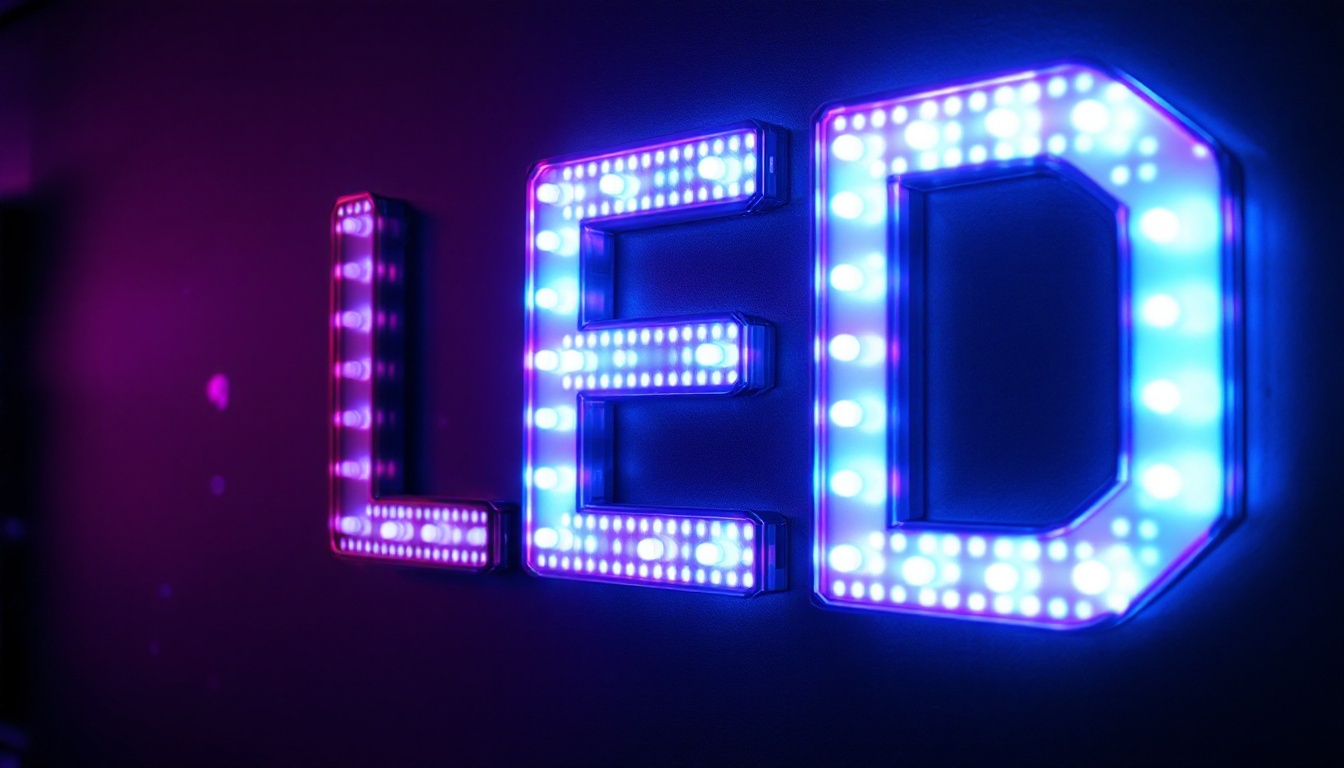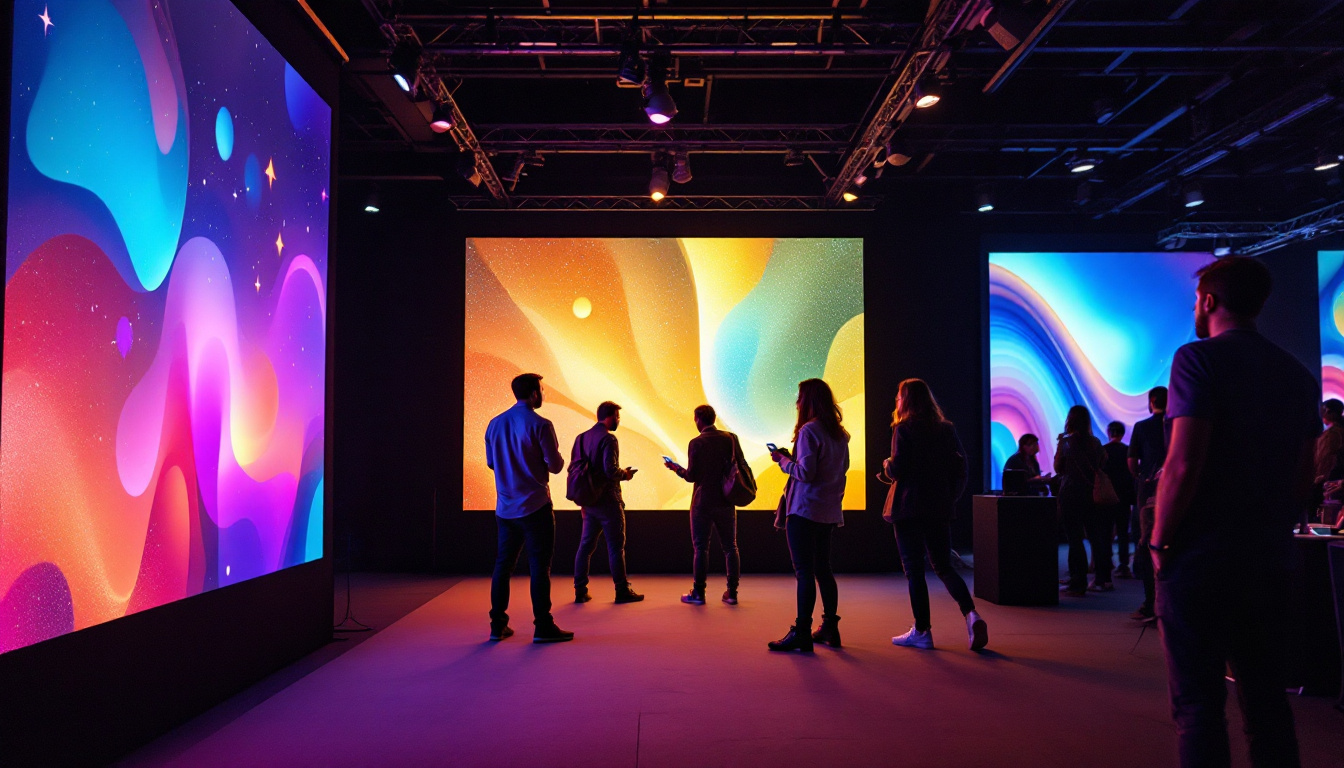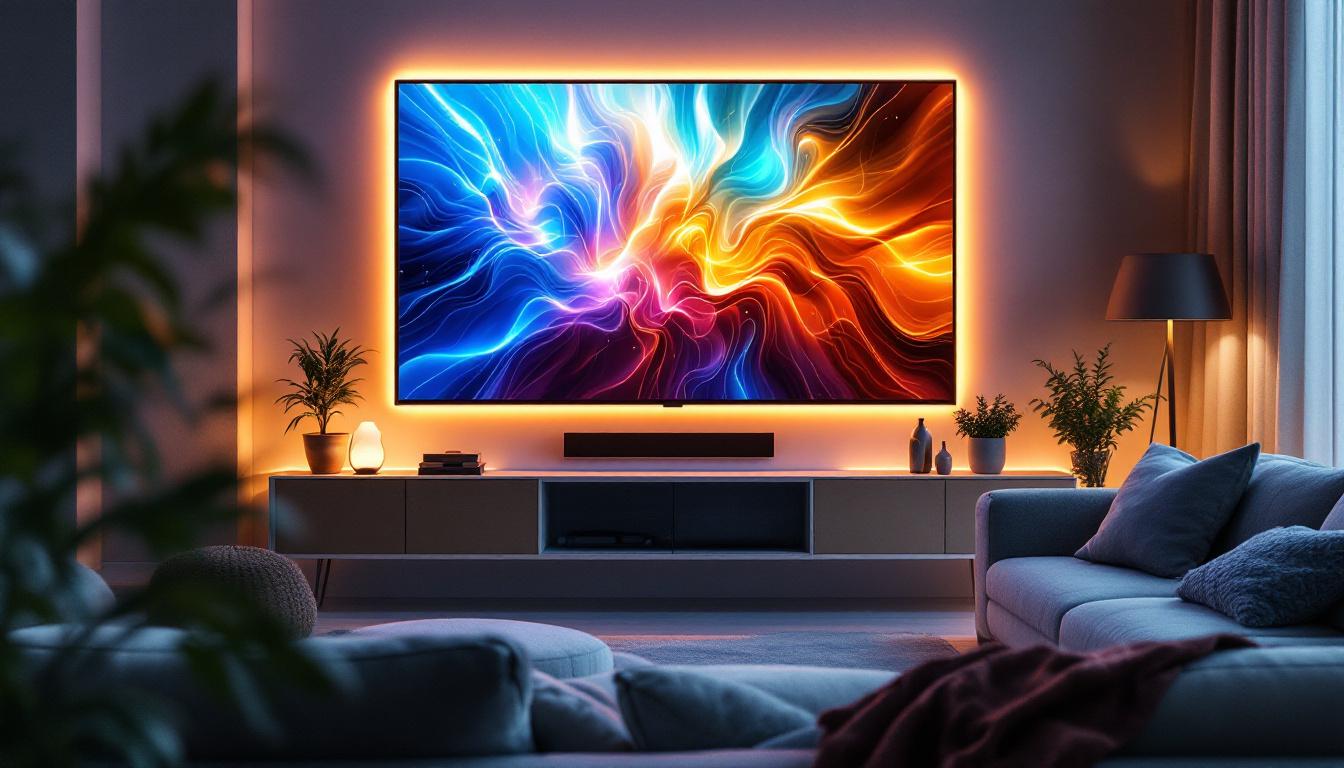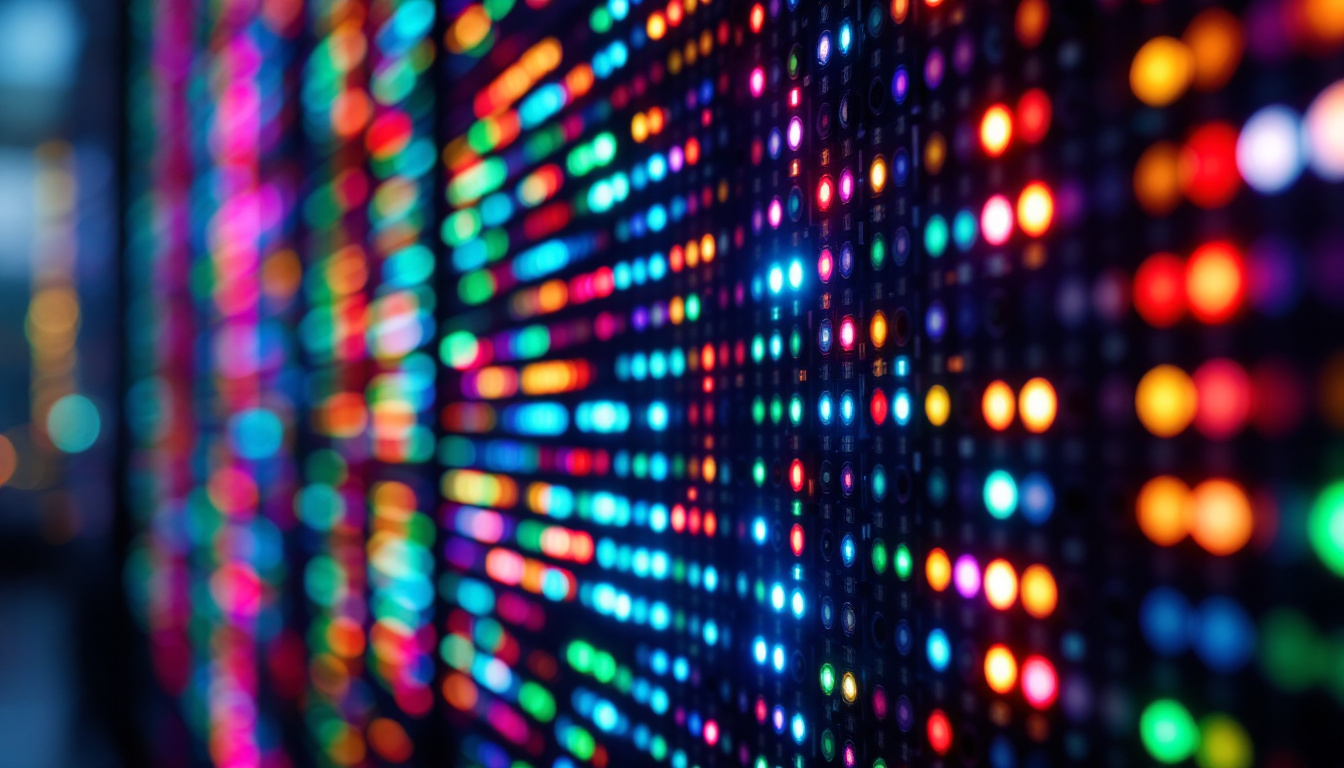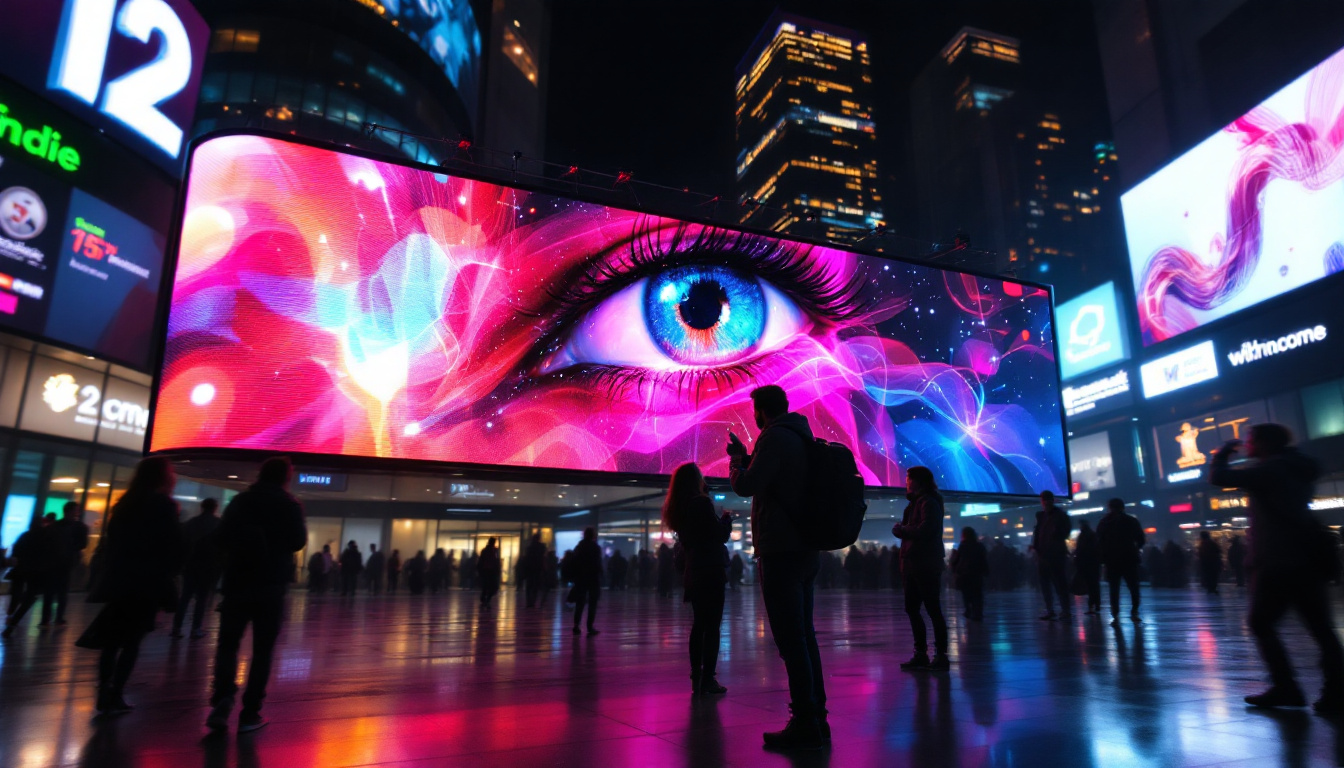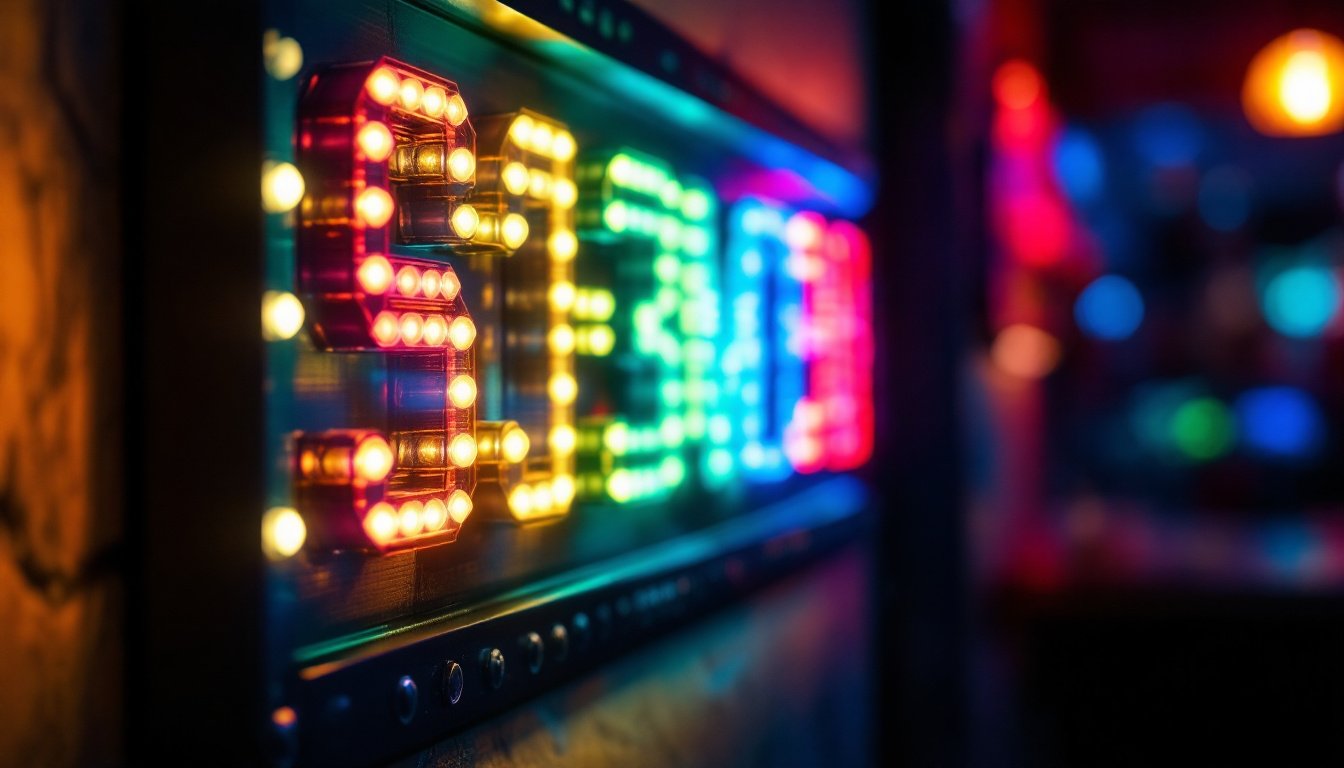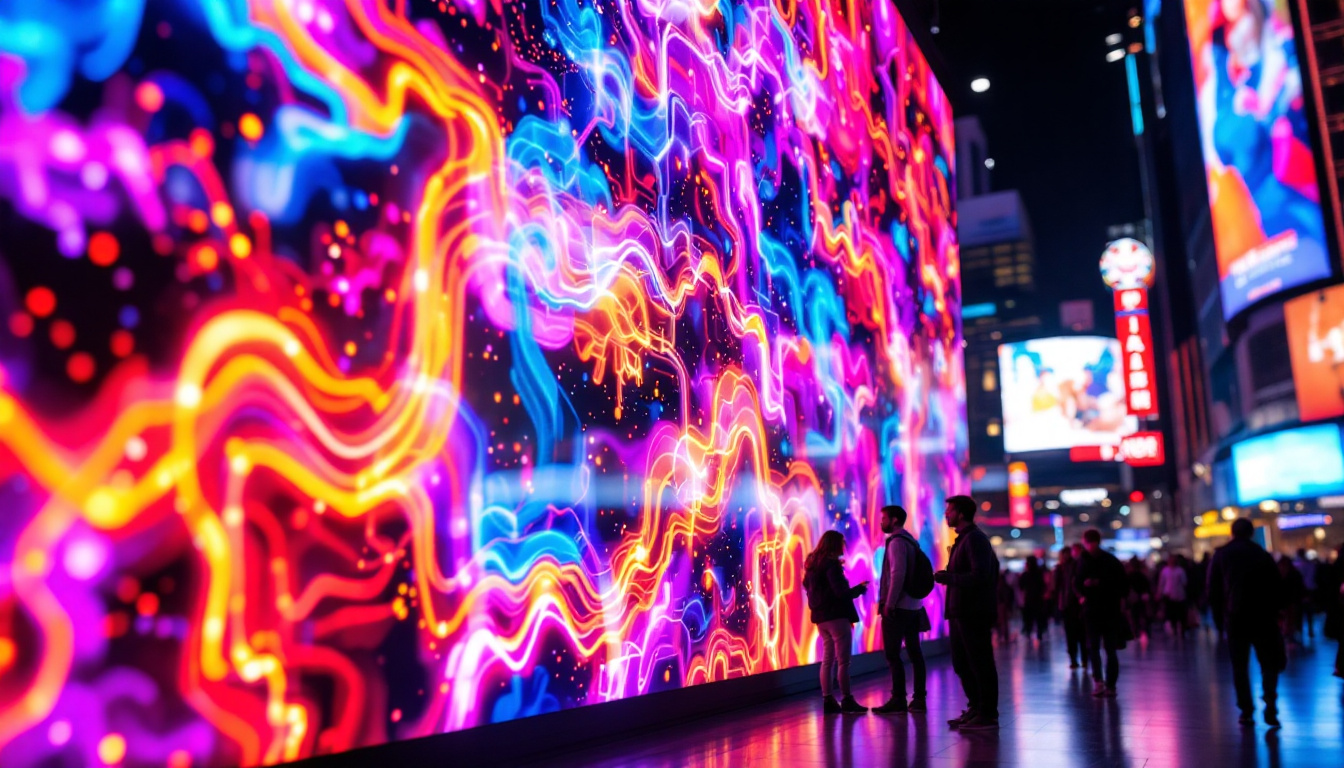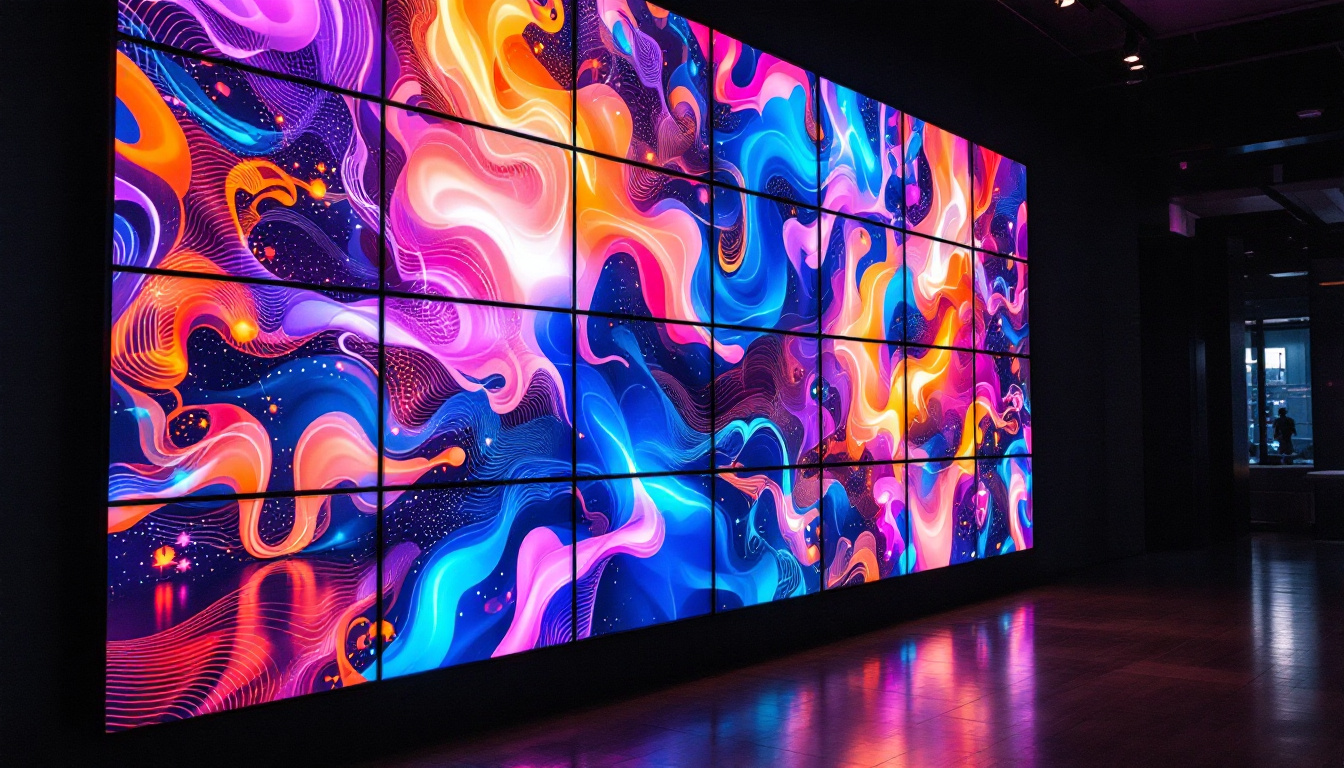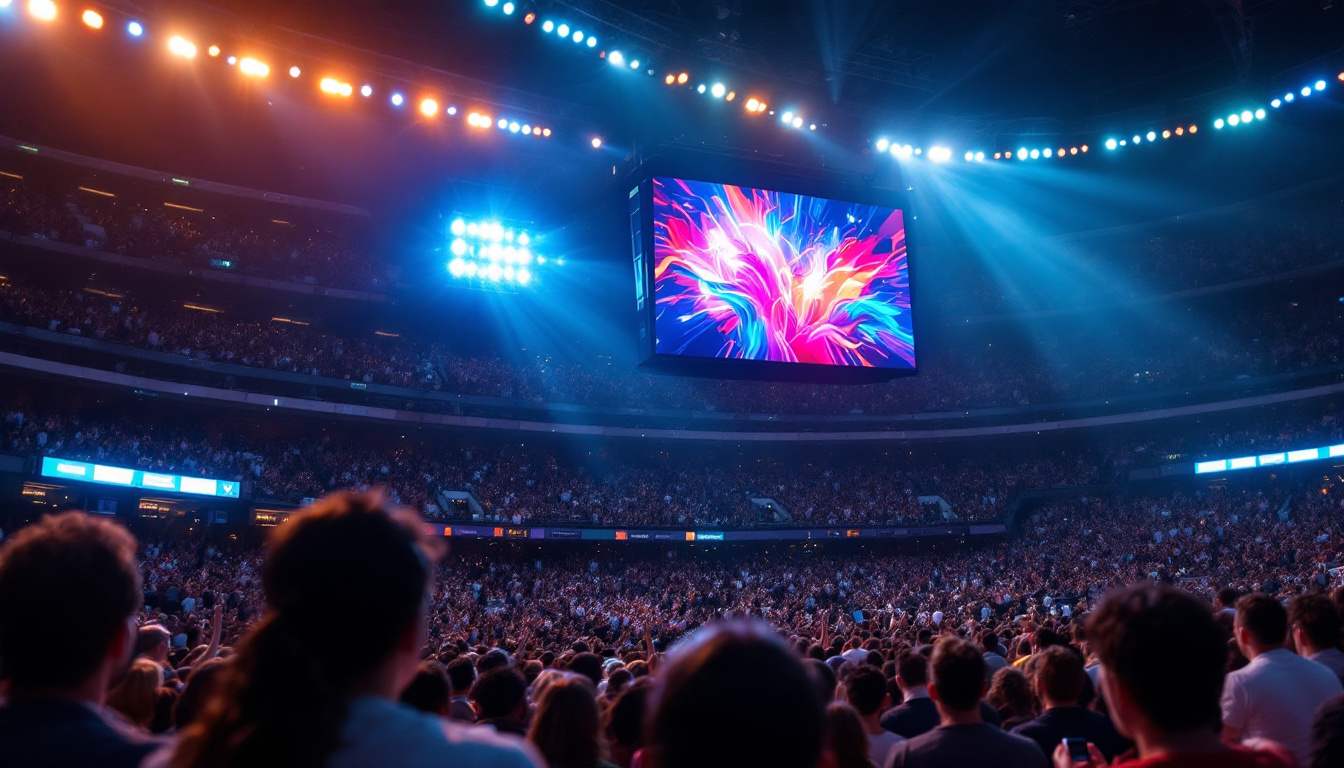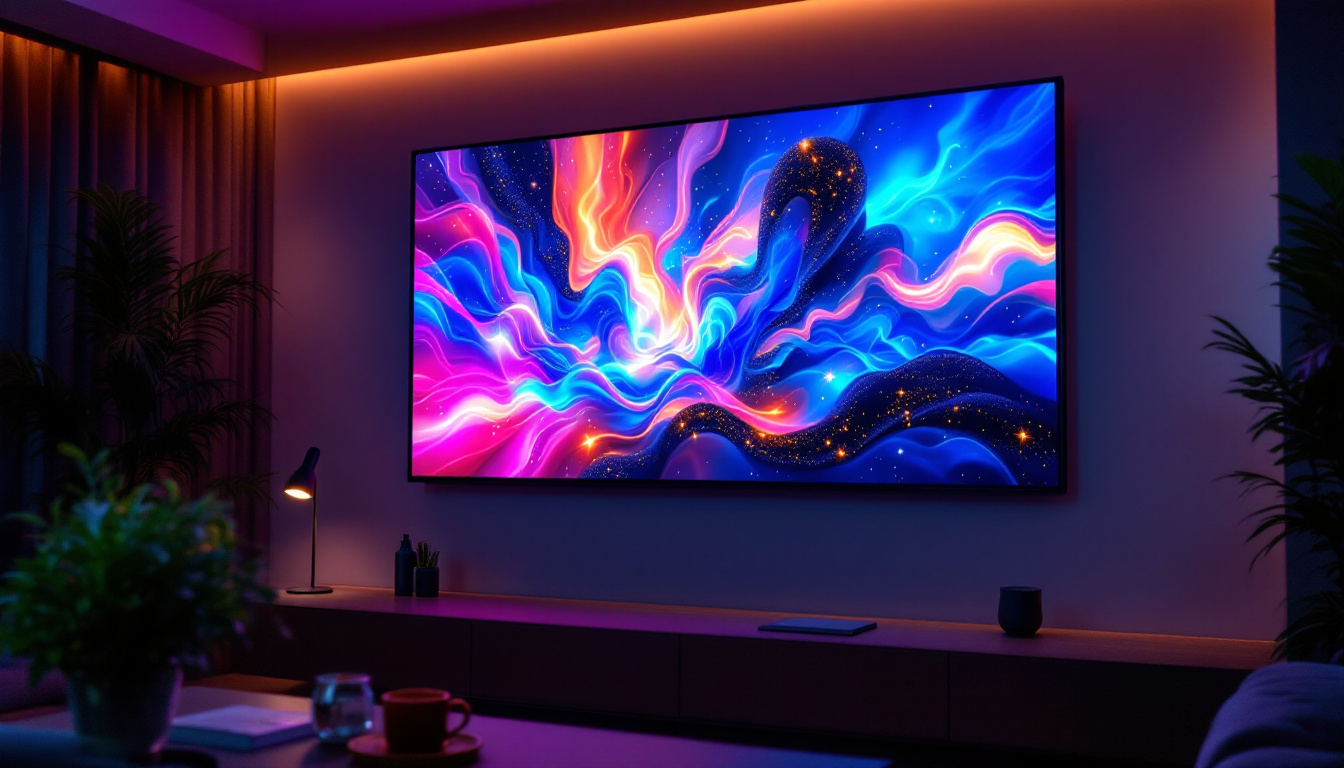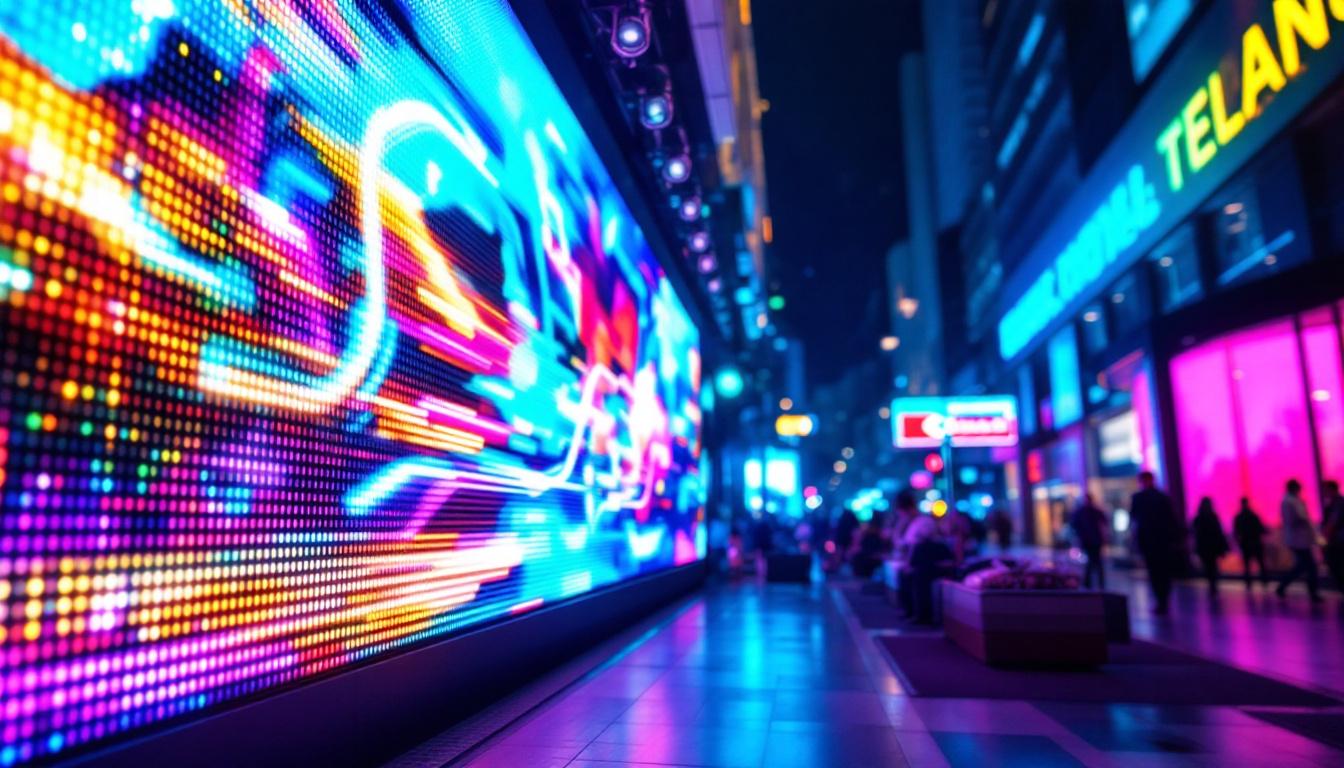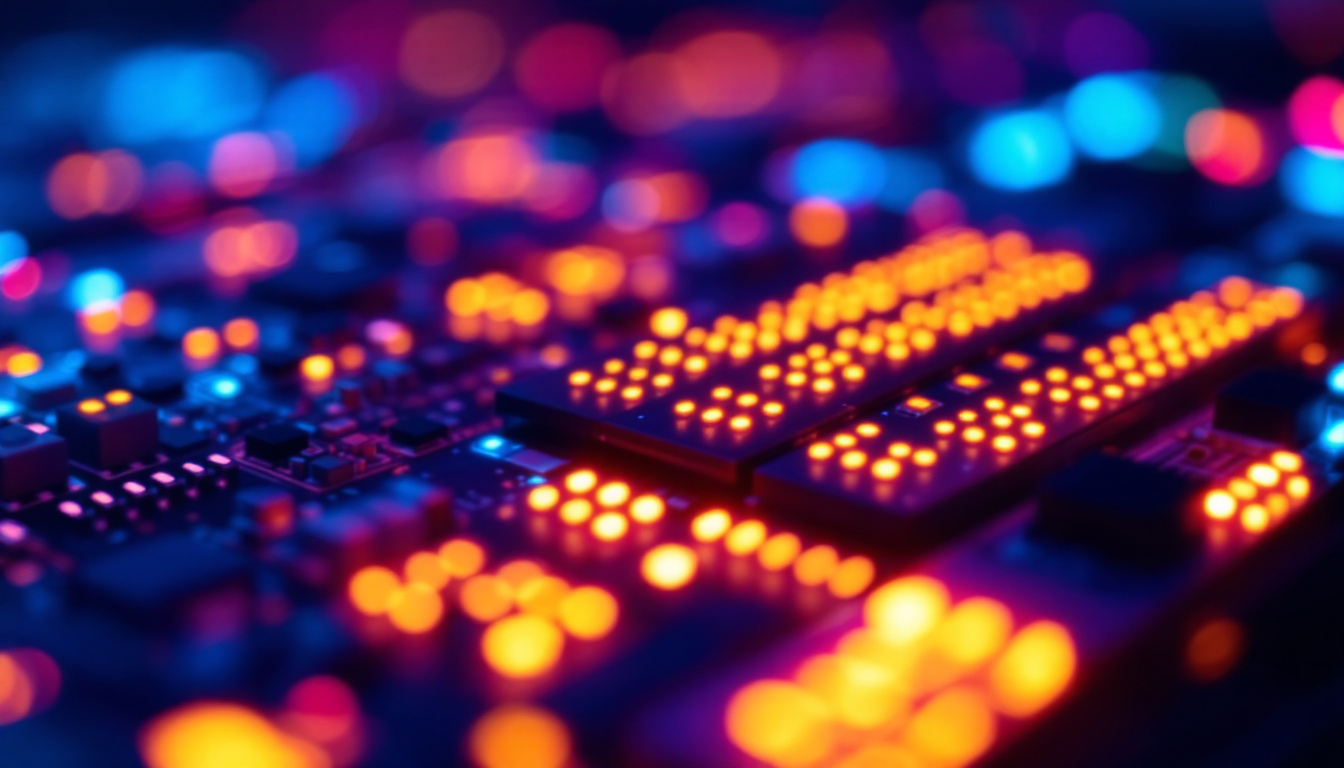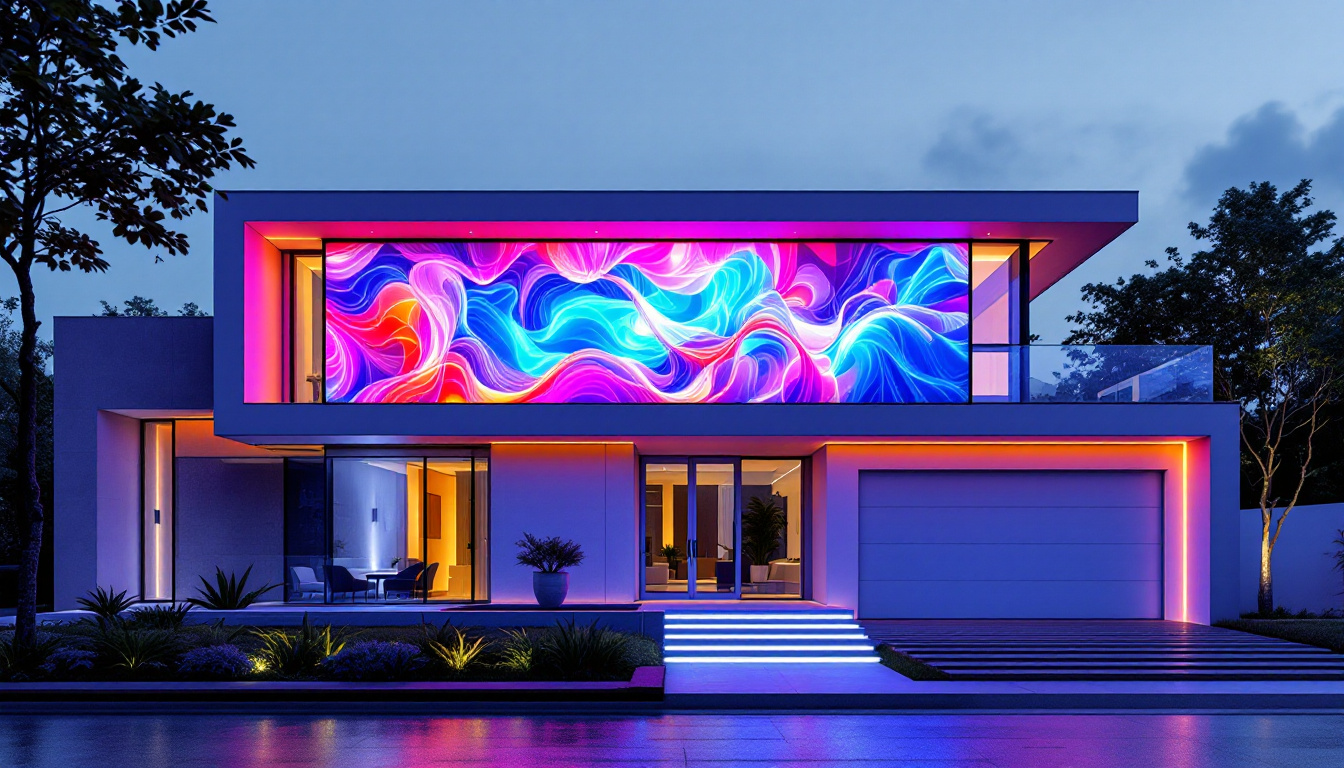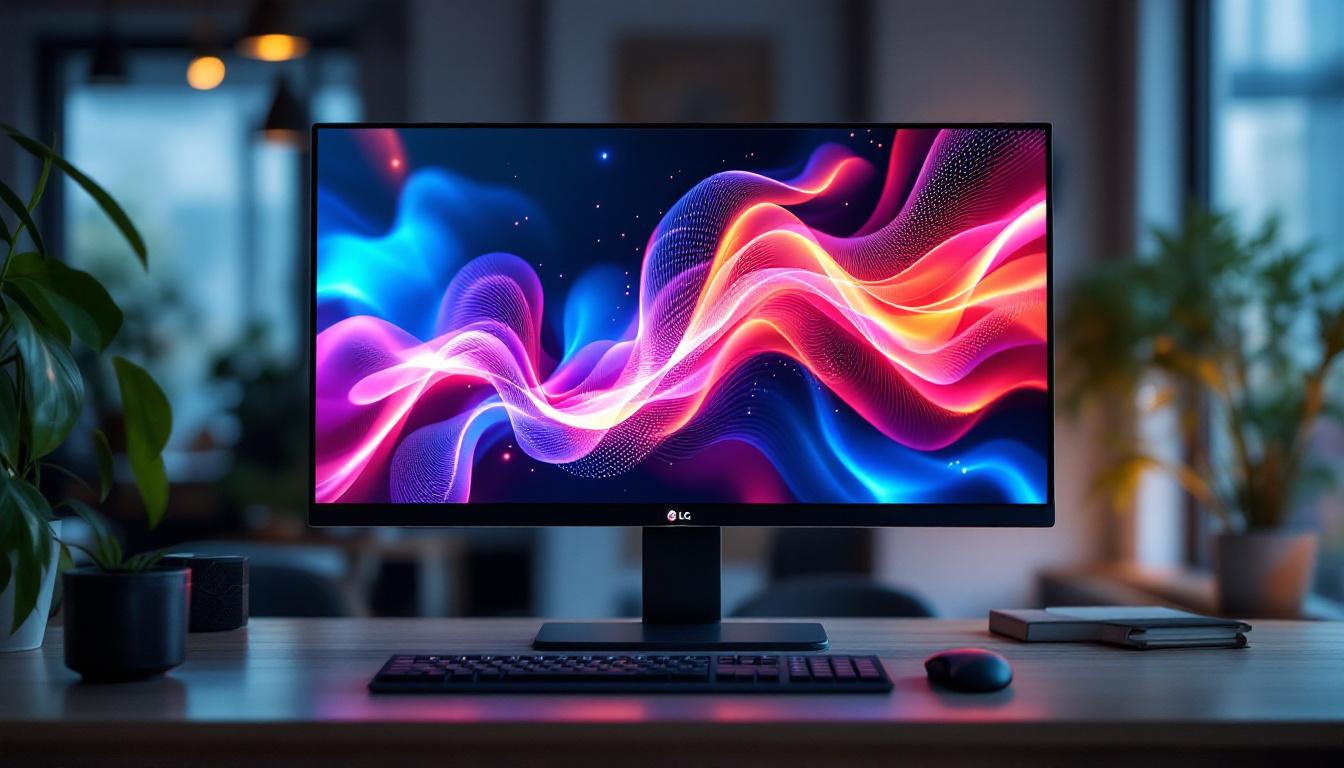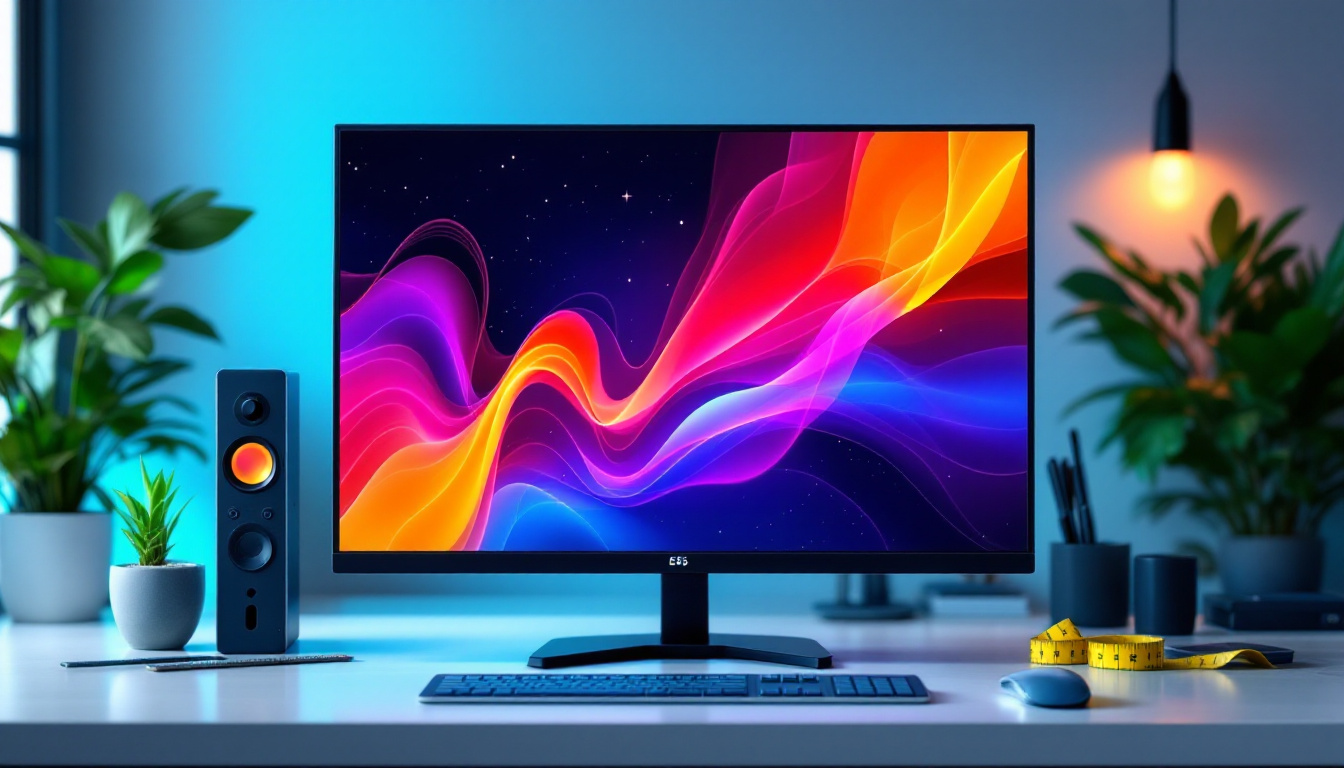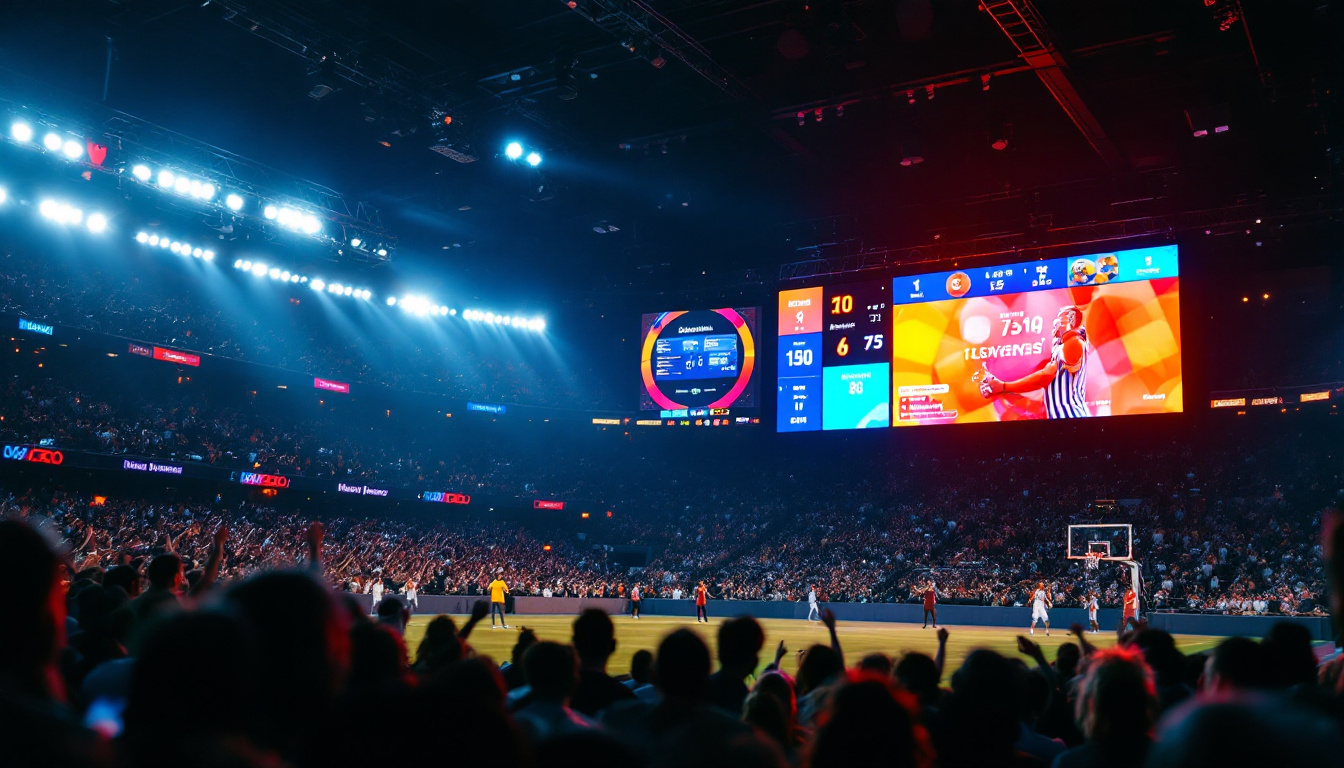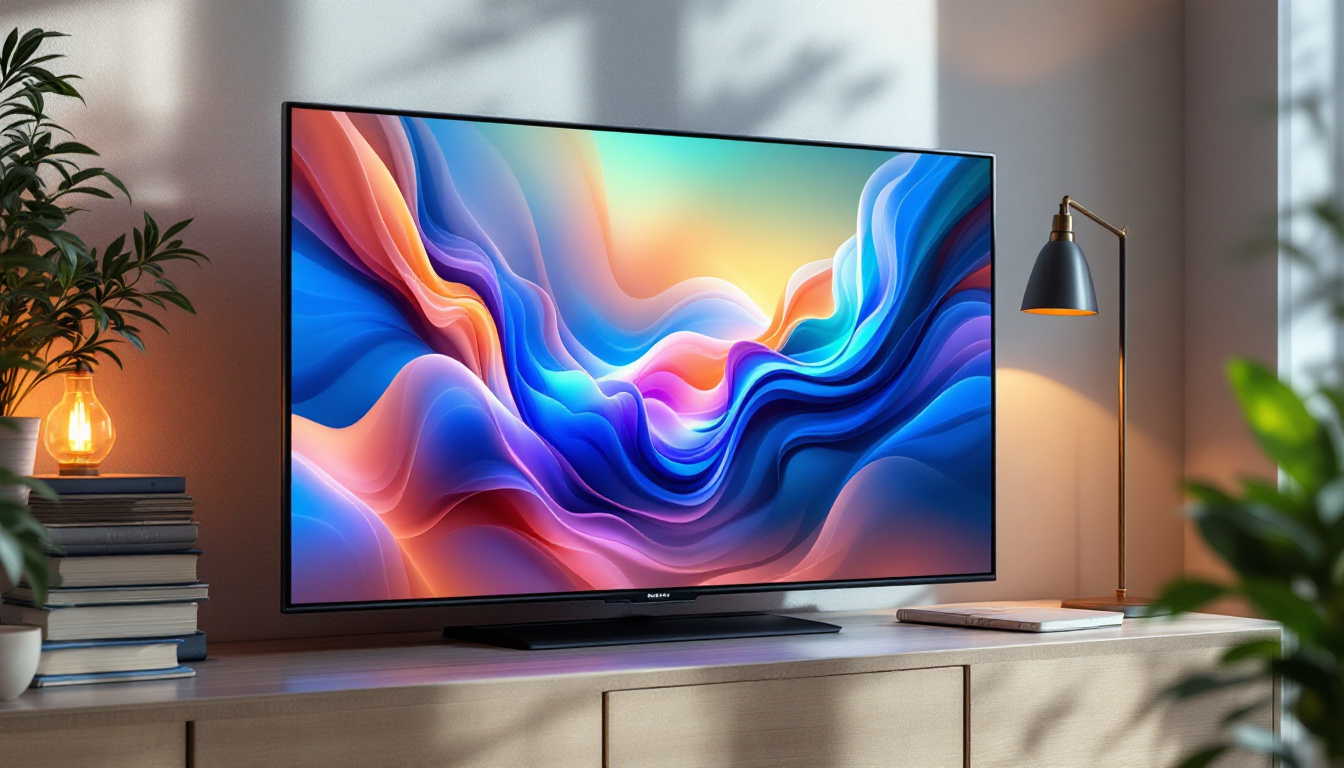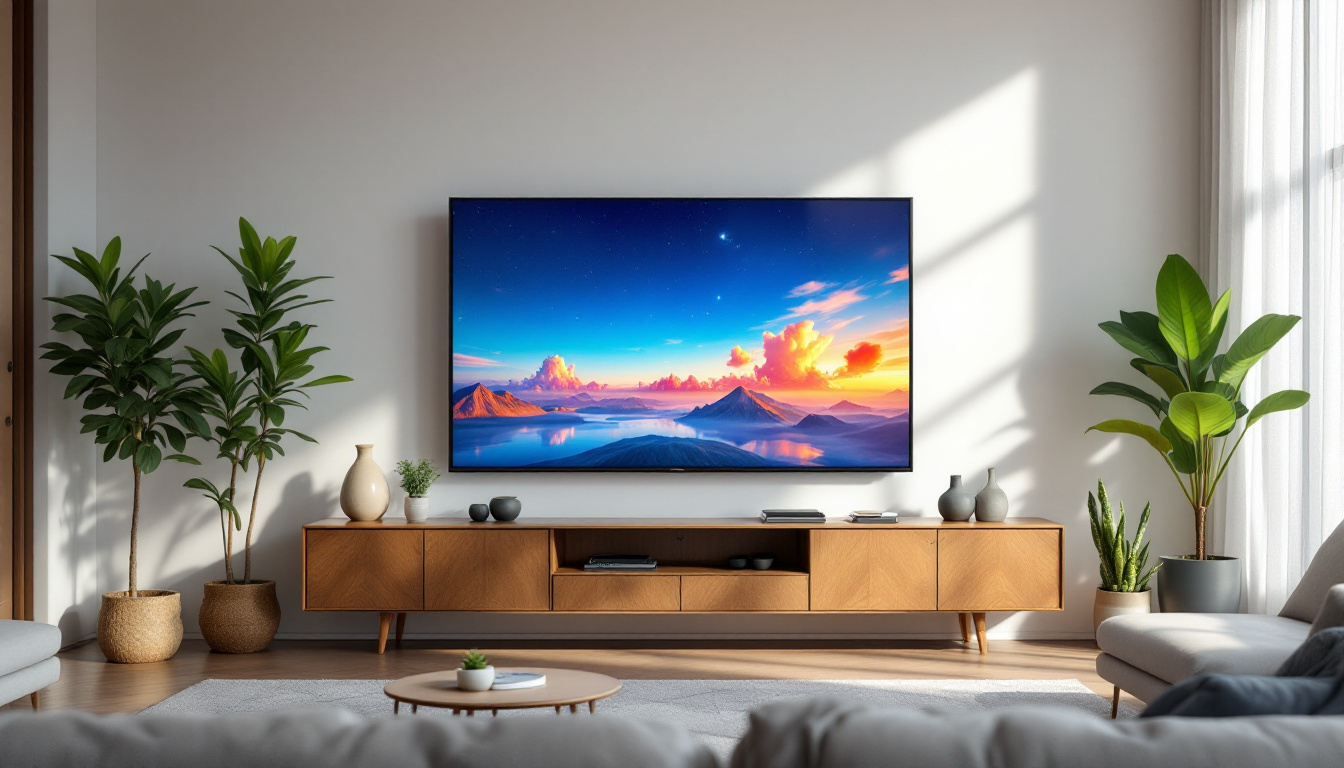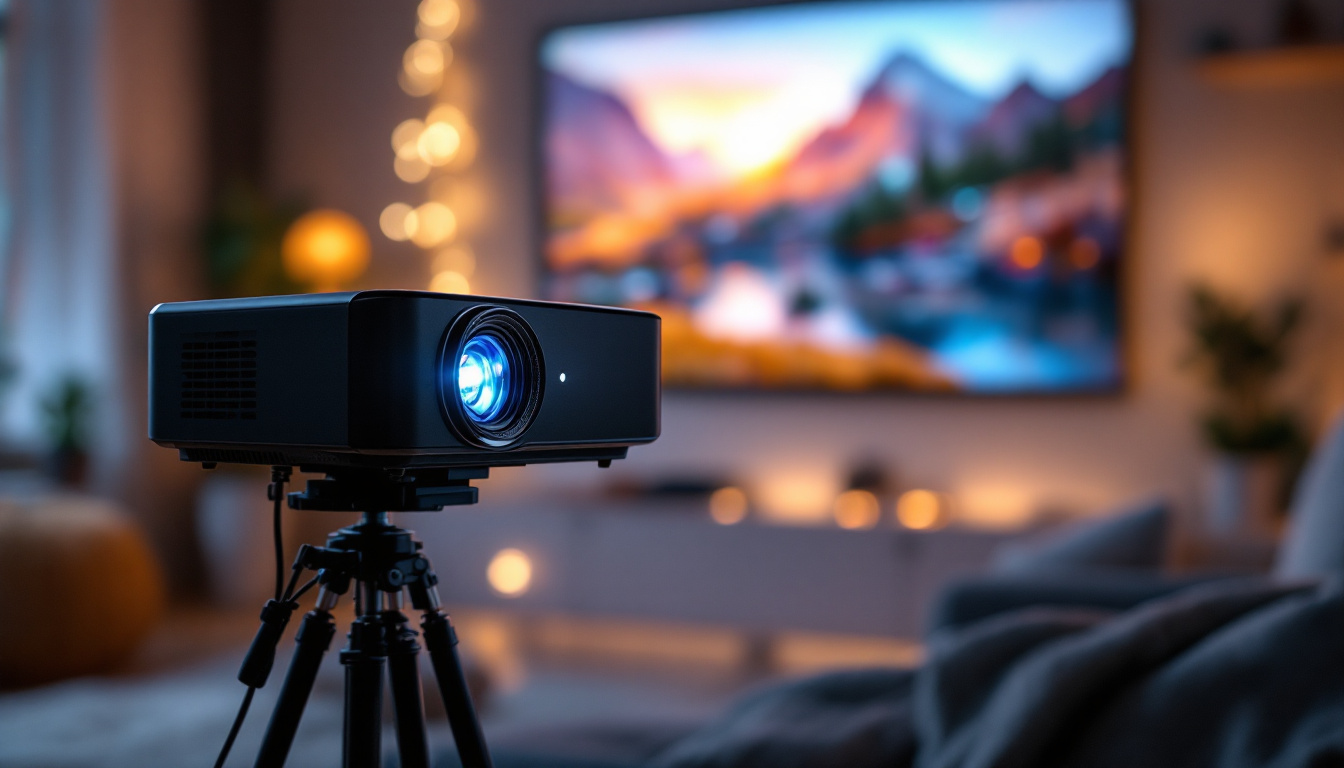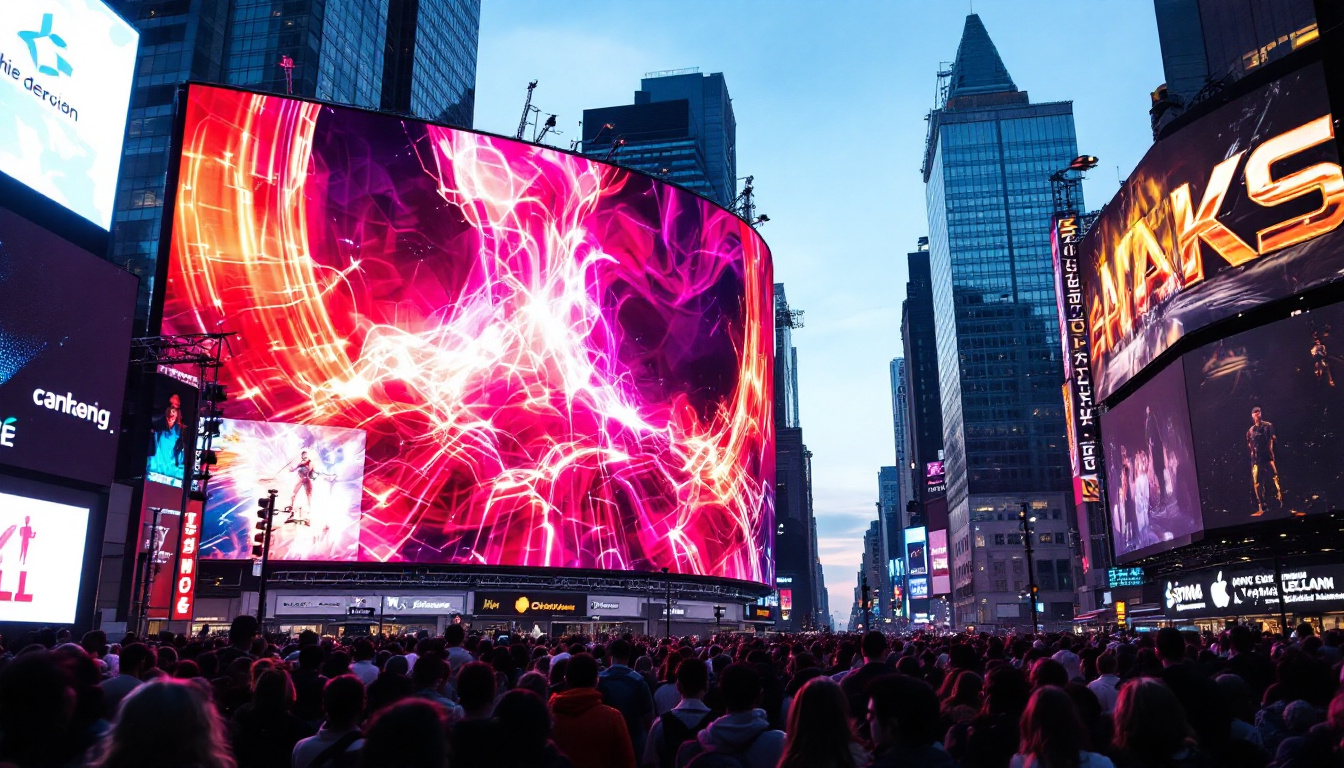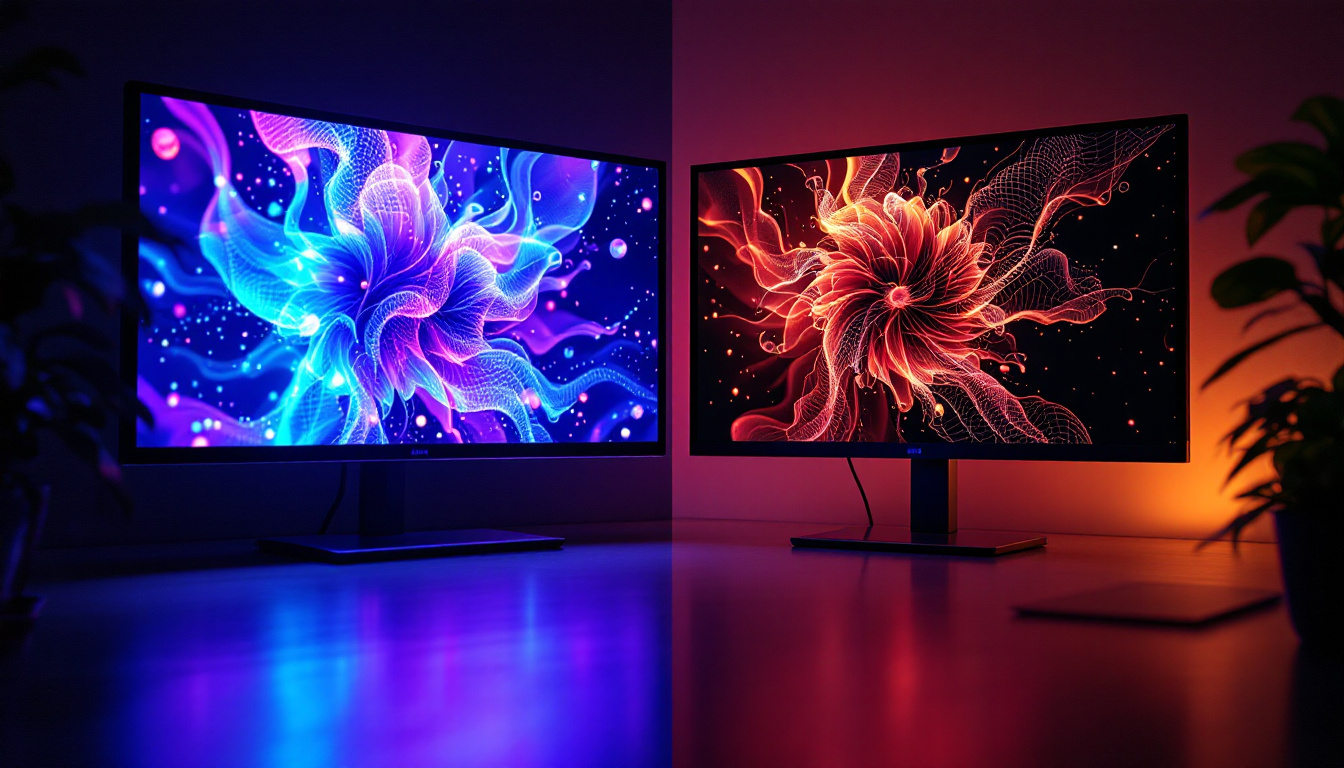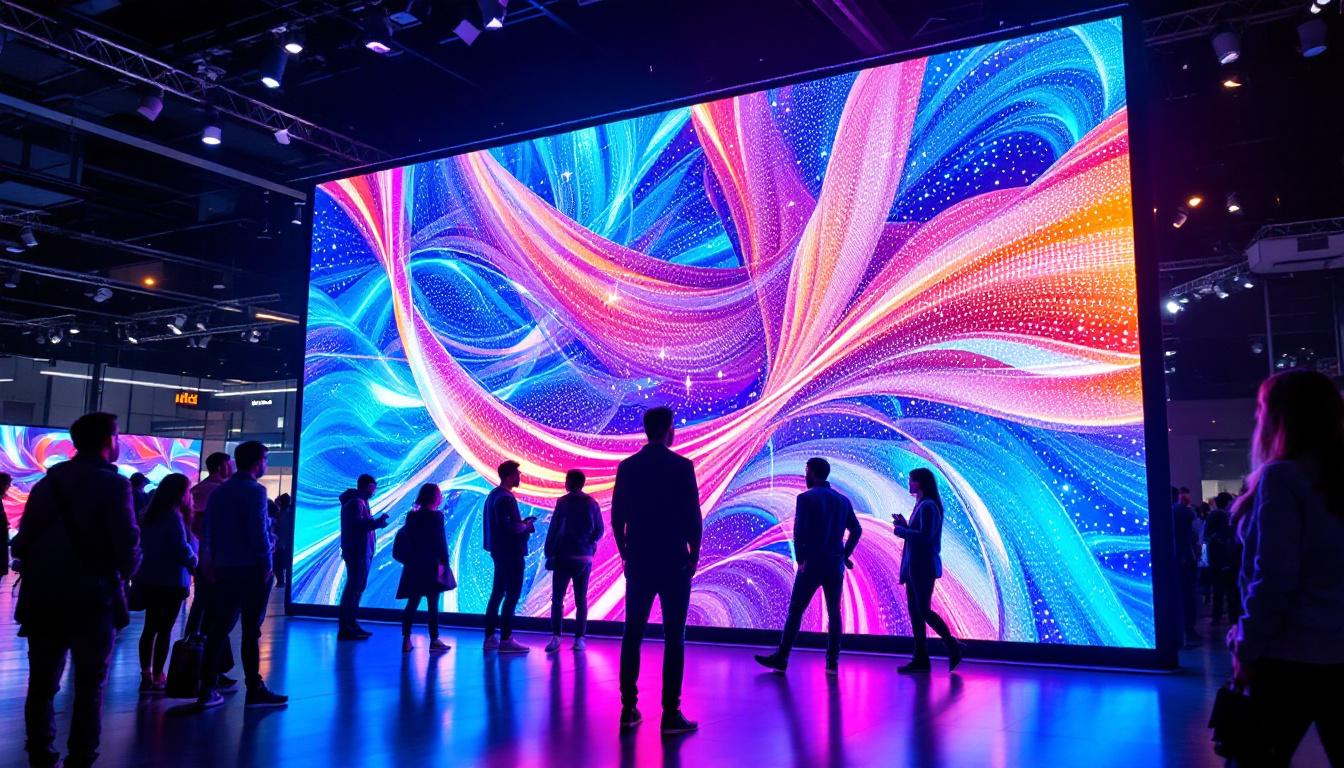Clear OLED Display: LED Display Explained
In the ever-evolving world of display technology, two prominent contenders have emerged: OLED (Organic Light Emitting Diode) and LED (Light Emitting Diode). Both technologies have their unique advantages and applications, but the clarity and vibrancy of OLED displays have captured the attention of consumers and professionals alike. This article delves into the intricacies of OLED and LED displays, exploring their functionalities, benefits, and the future of display technology.
Understanding OLED Technology
OLED technology has revolutionized the way images are displayed on screens. Unlike traditional LED displays, which rely on a backlight, OLED panels consist of organic compounds that emit light when an electric current is applied. This fundamental difference allows OLED displays to achieve deeper blacks and a wider color gamut. The result is a more immersive viewing experience, where colors pop and details emerge with stunning clarity, making OLED a preferred choice for filmmakers and content creators who seek to present their work in the best possible light.
How OLED Works
At the core of OLED technology is the use of organic materials that can emit light. When electricity flows through these materials, they illuminate without needing a backlight. This means that each pixel in an OLED display can turn on and off independently, resulting in true blacks and enhanced contrast ratios. The absence of a backlight also allows for thinner and lighter display designs, which has led to the creation of sleek televisions and mobile devices that are not only aesthetically pleasing but also easier to handle and transport.
Moreover, OLED displays can achieve a response time that is significantly faster than traditional LED displays. This rapid response time is particularly beneficial for dynamic content, such as gaming and fast-paced videos, where motion blur can detract from the viewing experience. The technology also supports high refresh rates, which enhance the fluidity of motion, making it a popular choice among gamers who demand precision and speed in their visual output.
Advantages of OLED Displays
One of the most significant advantages of OLED displays is their ability to produce vibrant colors and deeper blacks. Since each pixel can be turned off completely, the contrast ratio is virtually infinite. This feature makes OLED displays ideal for watching movies in dark environments, as they can render shadows and highlights with remarkable precision. Additionally, the color accuracy of OLED screens is often superior to that of their LED counterparts, making them a favorite among graphic designers and photographers who require true-to-life color reproduction.
Additionally, OLED displays offer wider viewing angles compared to LED displays. This means that colors remain consistent and vibrant even when viewed from the side, making them perfect for group viewing scenarios. Furthermore, OLED technology is energy-efficient when displaying darker images, as less power is consumed when pixels are turned off. This efficiency not only contributes to longer battery life in portable devices but also reduces energy costs in larger installations, such as commercial displays and digital signage. As the technology continues to evolve, manufacturers are exploring new applications for OLED, including flexible displays that can bend and curve, opening up exciting possibilities for future devices.
The Basics of LED Technology
LED displays, on the other hand, utilize a backlight to illuminate liquid crystals in an LCD panel. This technology has been around for decades and is widely used in televisions, computer monitors, and smartphones. While LED displays have improved significantly over the years, they still face limitations compared to OLED technology.
How LED Works
In an LED display, the screen is composed of liquid crystals that do not emit light by themselves. Instead, a backlight, typically made up of LEDs, shines through the liquid crystals to produce an image. The liquid crystals can manipulate the light to create various colors and brightness levels, but they cannot achieve true black since the backlight is always on.
While advancements such as local dimming and quantum dot technology have enhanced the performance of LED displays, they still struggle with contrast ratios and color accuracy when compared to OLED. Local dimming allows certain areas of the backlight to be turned off to improve black levels, but it cannot match the perfection of an OLED panel.
Advantages of LED Displays
Despite their limitations, LED displays have several advantages that make them a popular choice for many consumers. One of the most notable benefits is their cost-effectiveness. LED technology is generally less expensive to produce, making LED displays more accessible to a broader audience.
Moreover, LED displays tend to have a longer lifespan compared to OLED displays. The organic materials in OLED can degrade over time, leading to issues such as burn-in, where static images can become permanently etched on the screen. LED displays, while not immune to image retention, are generally more resilient in this regard.
Comparing OLED and LED Displays
When deciding between OLED and LED displays, several factors should be considered. Each technology has its strengths and weaknesses, and the best choice often depends on individual preferences and use cases.
Image Quality
Image quality is often the most critical factor for consumers. OLED displays excel in this area, offering superior contrast ratios and color accuracy. The ability to produce true blacks and vibrant colors makes OLED the preferred choice for cinephiles and gamers who prioritize visual fidelity.
LED displays, while improving, still struggle to match the deep blacks and rich colors of OLED technology. However, they can still deliver impressive image quality, especially with the incorporation of advanced features like HDR (High Dynamic Range) and local dimming.
Viewing Experience
The viewing experience is another crucial aspect to consider. OLED displays provide wider viewing angles, ensuring that colors remain consistent regardless of the viewer’s position. This feature is particularly beneficial in group settings, where multiple people may be watching from different angles.
On the other hand, LED displays may exhibit color shifting when viewed from the side, which can detract from the overall experience. However, advancements in technology have improved the viewing angles of some high-end LED models, making them more competitive with OLED displays.
Cost and Longevity
Cost is often a deciding factor for many consumers. LED displays are typically more affordable than OLED displays, making them a popular choice for budget-conscious buyers. They offer a wide range of options across various price points, ensuring that there is something for everyone.
In terms of longevity, LED displays generally have a longer lifespan than OLED displays. While OLED technology continues to improve, concerns about burn-in and degradation remain. For users who plan to use their displays for extended periods, LED may be the more reliable option.
Applications of OLED and LED Technology
Both OLED and LED technologies have found their niches in various applications. Understanding these applications can help consumers make informed decisions about which technology best suits their needs.
OLED Applications
OLED displays are increasingly popular in high-end televisions, smartphones, and wearable devices. Their ability to produce stunning visuals makes them ideal for entertainment purposes, particularly for movie enthusiasts and gamers. Additionally, OLED technology is being utilized in professional monitors where color accuracy is paramount, such as in graphic design and video editing.
Furthermore, OLED displays are making their way into automotive applications, offering drivers enhanced visibility and clarity in dashboard displays. The flexibility of OLED technology also allows for innovative designs in various products, including curved and foldable screens.
LED Applications
LED technology is widely used in a variety of applications, from televisions and computer monitors to commercial signage and architectural lighting. The versatility and cost-effectiveness of LED displays make them a popular choice for businesses looking to enhance their advertising efforts.
In addition, LED technology is commonly used in outdoor displays, such as billboards and sports arenas, where brightness and visibility are crucial. The durability of LED displays also makes them suitable for harsh environments, further expanding their range of applications.
The Future of Display Technology
As technology continues to advance, the future of display technology looks promising. OLED and LED displays are both evolving, with innovations aimed at improving performance, efficiency, and user experience.
Emerging Trends in OLED Technology
One of the most exciting trends in OLED technology is the development of transparent and flexible displays. These advancements open up a world of possibilities for new applications, from augmented reality devices to innovative advertising solutions. As manufacturers continue to refine OLED technology, the potential for more affordable and durable displays is also on the horizon.
Additionally, the integration of OLED displays into new form factors, such as rollable TVs and smartphones, is set to revolutionize the way consumers interact with technology. These innovations promise to enhance user experience and create new opportunities for design and functionality.
Advancements in LED Technology
LED technology is also experiencing significant advancements, particularly in the realm of mini-LED and micro-LED displays. These new technologies offer improved contrast ratios and color accuracy, bringing LED displays closer to the performance of OLED. Mini-LED technology utilizes thousands of tiny LEDs for backlighting, while micro-LED eliminates the need for a backlight altogether, allowing for individual pixel control.
As these technologies continue to develop, consumers can expect to see more high-quality LED displays that rival OLED in terms of performance. Additionally, the push for energy-efficient solutions is driving innovation in LED technology, making it a sustainable choice for the future.
Conclusion
In conclusion, both OLED and LED displays have their unique advantages and applications, catering to different consumer needs and preferences. OLED technology stands out for its superior image quality, vibrant colors, and wider viewing angles, making it the go-to choice for those seeking the best visual experience. However, LED displays remain a cost-effective and durable option for a wide range of applications.
As technology continues to evolve, the lines between OLED and LED displays may blur, with advancements bringing both technologies closer in performance. Ultimately, the decision between OLED and LED will depend on individual priorities, whether it be image quality, cost, longevity, or specific application needs. The future of display technology is bright, and consumers can look forward to exciting innovations in the years to come.
Discover LumenMatrix’s Innovative LED Displays
As you consider the future of display technology for your personal or business needs, LumenMatrix stands at the forefront of LED innovation. With a wide array of solutions from Indoor and Outdoor LED Wall Displays to specialized options like Vehicle LED Displays and LED Sports Displays, LumenMatrix is committed to enhancing your brand’s visibility and creating immersive visual experiences. Whether you’re looking to captivate your audience, engage more effectively, or simply want to communicate with impact, check out LumenMatrix LED Display Solutions and take the first step towards revolutionizing your visual displays.

